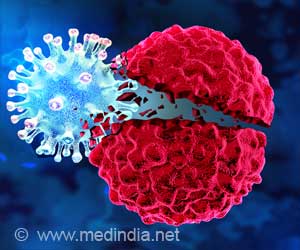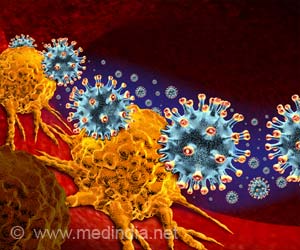A new pharmacological agent to treat glioblastoma multiforme has been developed by researchers.

‘The newly developed pharmacological agent could - with additional chemistry - lead to a new drug to prevent radiation-induced invasion of glioblastoma multiforme cells.’





Paul B. Fisher, Director of the Virginia Commonwealth
University's (VCU) Institute of Molecular Medicine (VIMM), focuses on
cancer genetics and Web Cavenee, Director of the Ludwig Institute
for Cancer Research at the University of California at San Diego focuses
on GBM. An exciting breakthrough for the treatment of GBM, this is about collaboration between two scientists on opposite coasts and shows how NFCR research may lead to tangible therapies for multiple cancers.
NFCR has been funding Dr. Fisher's research since 2008, and Dr. Cavenee's research starting in 2002.
"NFCR scientists are making headway in the fight against one of the most aggressive form of cancer, GBM, by working together on vital pre-clinical models," said Franklin C. Salisbury, Jr., NFCR CEO. "For years, discoveries from NFCR-funded research have led to better treatments today - and this latest discovery by two incredibly talented scientists gives us proof there will be improved therapies for GBM and multiple cancers in the foreseeable future."
Source-Eurekalert









